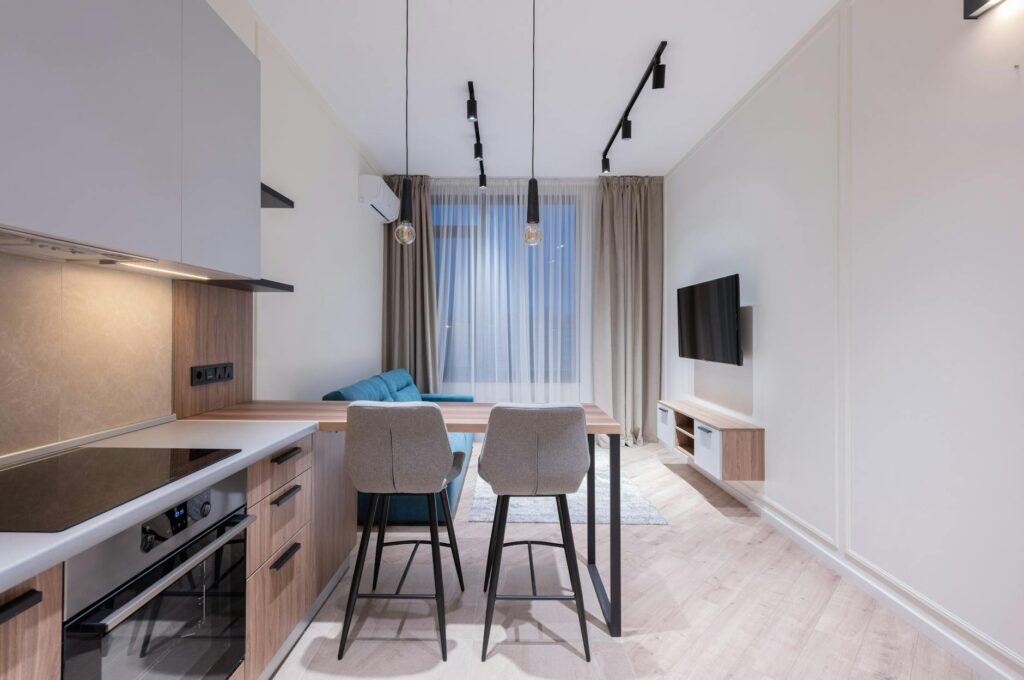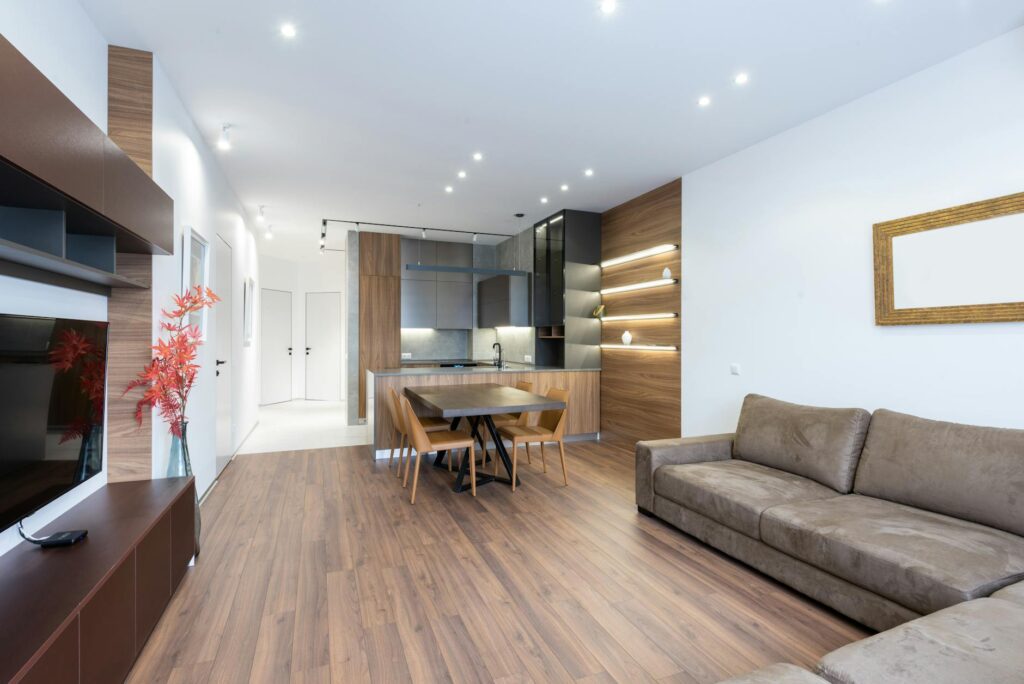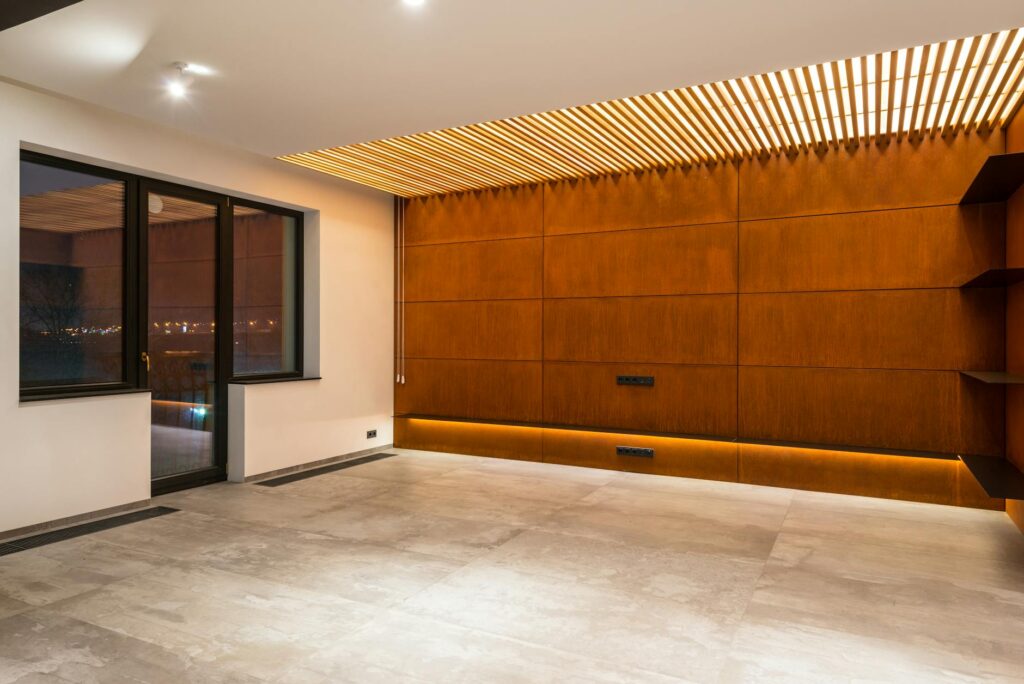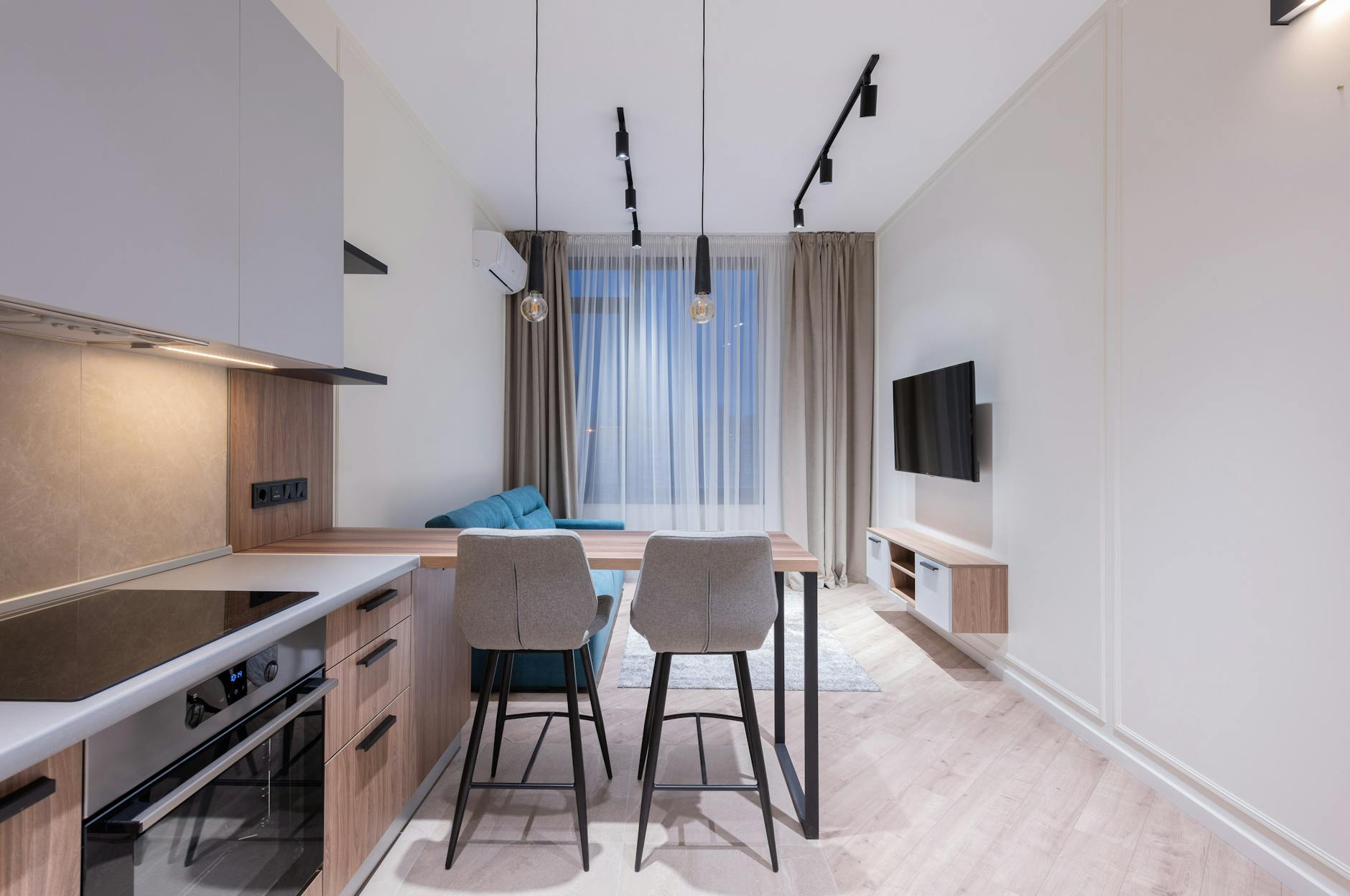Open-concept spaces are fantastic for creating a sense of flow and spaciousness in your home. However, illuminating them effectively can sometimes be a challenge. While overhead lighting is essential, strategically placed floor lamps can add warmth, ambiance, and targeted brightness where you need it most. Let’s explore how to master the art of using floor lamps in your open-concept home.
Defining Your Needs: Ambiance vs. Task Lighting
Before you start shopping, consider how you use each area of your open-concept space. Do you need bright task lighting for reading or working? Or are you primarily focused on creating a relaxing and inviting atmosphere? The type of floor lamp you choose will depend heavily on this. For instance, a sleek arc lamp might be perfect for a reading nook, while a more decorative table lamp style might suit a living room conversation area. 
Choosing the Right Lamp Style
Floor lamps come in a dazzling array of styles. From classic tripod lamps to modern arc lamps and even quirky statement pieces, there’s a style to complement any interior design aesthetic. Consider the overall style of your home and select a lamp that complements it, rather than clashes. Think about the materials – metal, wood, fabric – and how they interact with your existing furniture. A guide to choosing the right style might help you find the perfect fit for your space. 
Strategic Placement for Maximum Impact
Placement is key when using floor lamps in an open-concept setting. You want to avoid creating dark spots while maintaining visual balance. Experiment with positioning lamps near seating areas to provide focused task lighting, or place them in corners to add depth and dimension to the room. Avoid placing them directly in walkways to prevent tripping hazards. This article has great tips on lamp placement for different room layouts.
Layering Light Sources for Depth and Dimension
Floor lamps work best when used in conjunction with other lighting sources. Combining them with overhead lighting, recessed lighting, and even table lamps will create a layered lighting scheme that enhances the overall ambiance and functionality of the space. This will prevent harsh shadows and make the space feel more inviting. 
Considering the Scale of Your Space
In a large open-concept area, you might need multiple floor lamps to adequately illuminate the space. However, in a smaller space, one strategically placed lamp might suffice. Consider the scale of your room and choose lamps accordingly. Overly large lamps in a small space can feel overwhelming, while small lamps in a large space may get lost. Learn more about scaling lighting to your space.
Embrace Different Heights and Styles
Don’t be afraid to mix and match! Using floor lamps of varying heights and styles can add visual interest and create a more dynamic lighting scheme. Consider using a tall arc lamp in one area and a smaller, more compact lamp in another to add a sense of proportion and depth. [IMAGE_4_HERE]
Highlight Architectural Features
Use floor lamps to highlight architectural features such as a fireplace, a built-in bookcase, or a striking piece of artwork. Positioning a lamp to gently illuminate these features will draw the eye and create focal points within the room. This can add depth and visual interest to a large space.
Conclusion
With a little planning and creativity, floor lamps can transform your open-concept space from a dimly lit expanse into a warm, inviting, and functional area. By thoughtfully choosing the right styles, placing them strategically, and layering them with other light sources, you can create a lighting scheme that perfectly complements your home’s aesthetic and your lifestyle. Remember, experimentation is key! Don’t be afraid to move your lamps around until you find the perfect arrangement for your space. Check out these stylish lamps to get inspired!
Frequently Asked Questions
What type of bulb is best for floor lamps? LED bulbs are generally recommended for their energy efficiency and long lifespan.
How many floor lamps do I need for an open-concept space? The number of floor lamps you need will depend on the size of your space and your desired level of illumination. Start with one or two and add more as needed.
Can I use floor lamps in place of overhead lighting? While floor lamps can provide supplemental lighting, they are not typically sufficient as the sole light source in a large open-concept area. A combination of floor lamps and overhead lighting is recommended.
How do I choose the right shade for my floor lamp? The shade should complement the overall style of the lamp and the room. Consider factors like size, material, and color when making your selection.
How high should I place my floor lamp? The ideal height will depend on the style of the lamp and its intended use. Aim for a height that allows the light to illuminate the area effectively without being too low to the ground or too high to be noticeable.




